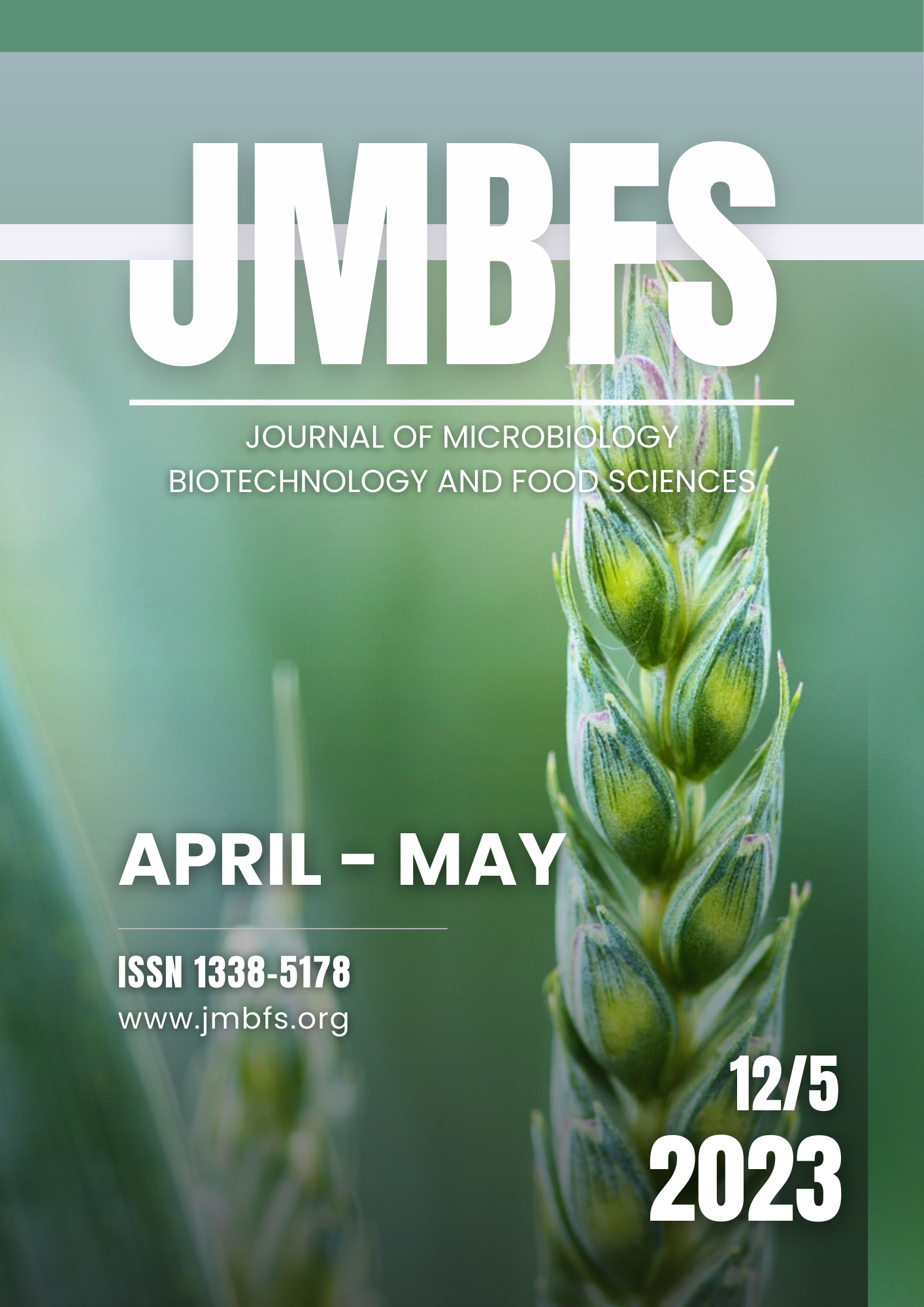MULTIDRUG-RESISTANT Pseudomonas aeruginosa ISOLATES WITH VIRULENCE TRAITS FROM WOUND SAMPLES EXHIBITED LOW In-vitro SUSCEPTIBILITY TO HONEY, A VIABLE ALTERNATIVE FOR THE MANAGEMENT OF CHRONIC WOUNDS
DOI:
https://doi.org/10.55251/jmbfs.4608Keywords:
Honey, Pseudomonas aeruginosa, Multidrug-resistance, Antibacterial, Virulence factors, WoundsAbstract
Pseudomonas aeruginosa can colonize the body when wounds disrupt the skin barrier, compromising immune status, and expressing virulence factors that aid its establishment in the host. Honey is highly medicinal and capable of promoting healing in infected wounds that defy conventional antibiotic therapy. This study assessed the antibacterial activities of honey against multi-drug resistant virulent P. aeruginosa isolates recovered from wounds. Sixty-one P. aeruginosa isolates were recovered, and their virulence factors were determined using phenotypic screening methods. Antibiotic susceptibility testing was evaluated with the Kirby-Bauer disc-diffusion method, while the antibacterial activities of honey were determined by agar-well and disc-diffusion techniques. The components of the honey samples were evaluated using Gas Chromatography-Mass Spectrometry (GC-MS). All isolates were multidrug-resistant (MDR) with 100% resistance to ticarcillin, tigecycline, and nitrofurantoin; the highest susceptibility to piperacillin, meropenem, and imipenem at 4.9%, 6.6%, and 9.8% respectively; and Multiple Antibiotic Resistance Indices (MARI) of ≥ 0.2. All isolates produced hemolysin but none produced DNase. All the sixty-one isolates extruded multiple virulence factors via phenotypic screening and 96.7% possessed ≥ 50% of virulence determinants analyzed. GC-MS analyses revealed three variants of honey. The isolates exhibited resistance to the honey samples; the most effective honey sample types being H5 and H6. Possession of multiple virulence factors, multi-resistance to antibiotics, and to honey, which is well acclaimed for its wound healing characteristics by isolates raises the probability of invasion to deeper tissues and development of complications, underscoring the necessity to prevent contamination of wounds, a significant cause of morbidity and mortality.
Downloads
Downloads
Published
How to Cite
Issue
Section
License
Copyright (c) 2022 Folasade Muibat Adeyemi, Rashidat Ronke Adeboye, Nana-Aishat Yusuf, Odunola Oluwaseun Oluwajide, Maryam Kikelomo Adegbite-Badmus

This work is licensed under a Creative Commons Attribution 4.0 International License.
All papers published in the Journal of Microbiology, Biotechnology and Food Sciences are published under a CC-BY licence (CC-BY 4.0). Published materials can be shared (copy and redistribute the material in any medium or format) and adapted (remix, transform, and build upon the material for any purpose, even commercially) with specifying the author(s).





